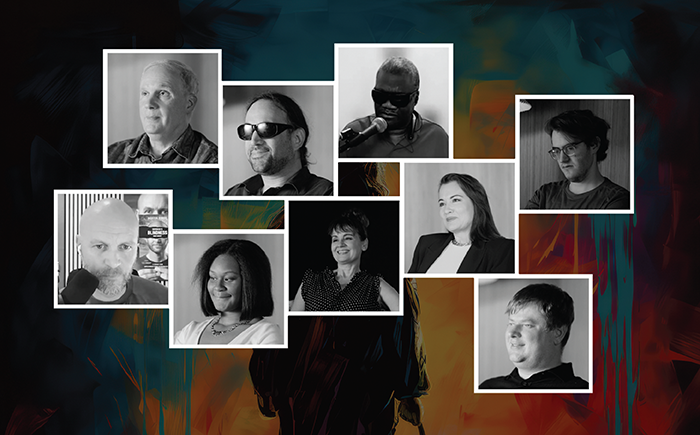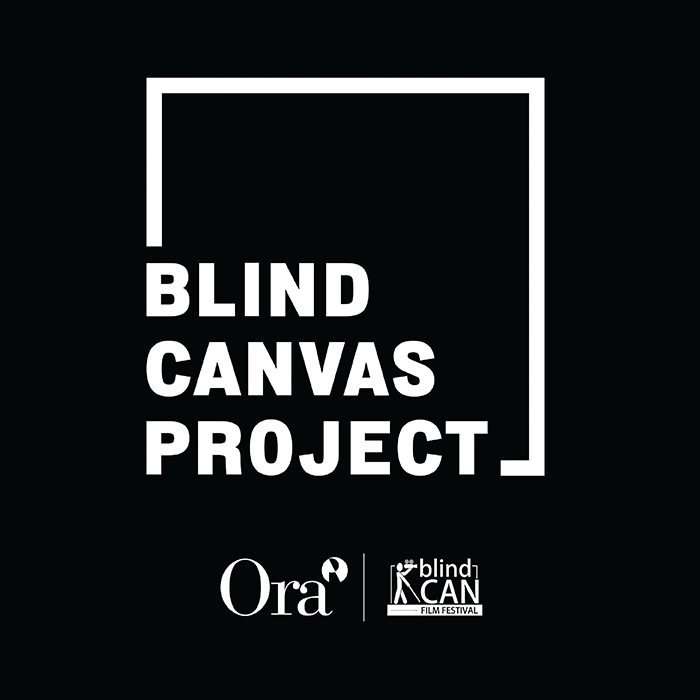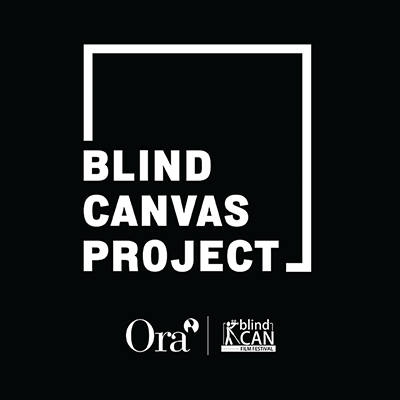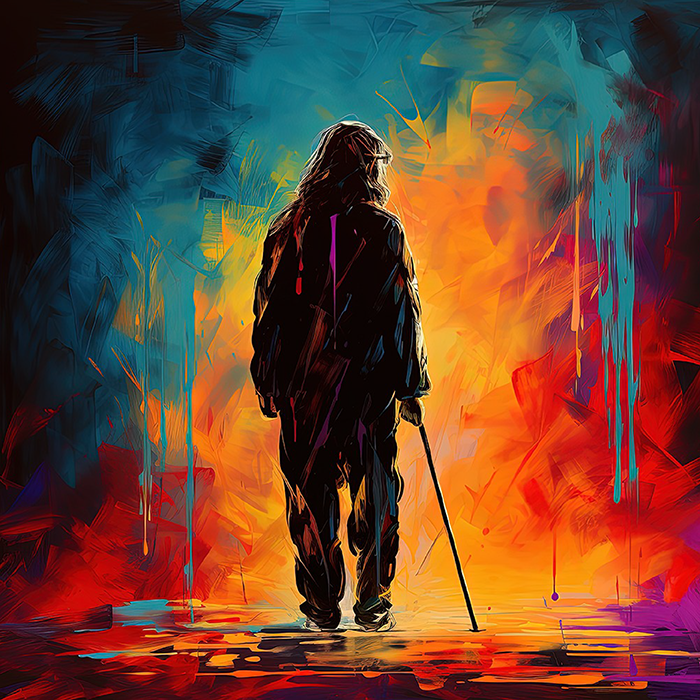
The Blind Canvas Project is an innovative global collaboration between ophthalmic drug and device development firm Ora and the BlindCAN Film Festival. It uses storytelling and generative artificial intelligence (AI) to “foster a deeper understanding of the lives and experiences of people living with inherited retinal disease, childhood visual impairments, macular degeneration, and other blinding conditions.” Beginning with immersive interviews of individuals – who describe the profound impact of blindness-causing conditions on their lives – the project then uses generative AI to translate these insights and experiences into visual art.
To further explore the story behind the project’s captivating, multi-dimensional images, The New Optometrist sat down with Steve Holt, Ora’s Creative Director of Global Marketing.
How did Ora get involved in the Blind Canvas Project?
The collaboration with BlindCAN Film Festival began when we crossed paths with Ben Fox – filmmaker and BlindCAN Film Festival founder – at a conference earlier this year. During that encounter, it was immediately clear that we shared a passion for elevating the voices and experiences of the visually impaired community. Recognizing the power of storytelling and art, we saw an opportunity to merge these elements with innovative technology to create a unique platform. This project beautifully aligns with BlindCAN’s mission and Ora’s dedication to patient-centered care, emphasizing that understanding and empathizing with the patient’s perspective is as vital as scientific progress.
How did you come up with the idea to use AI to visualize the human experience of blindness?
Our goal was to create a universal language of understanding – bridging the gap between the sighted and the visually impaired; AI emerged as a unique tool to translate personal stories into a visual format that could resonate with a broader audience.
The implementation involved close collaboration with each participant, ensuring a process that included providing accessible descriptions of the output. This approach aimed to guarantee that each visualization accurately and authentically captured the essence of their narrative, effectively transforming their words into impactful visuals.


How do you plan to reach the ophthalmology community with this project?
Ora aims to actively engage the global ophthalmology innovation ecosystem by strategically showcasing these powerful stories and artworks at prominent forums, including conferences, online platforms, and industry events. By presenting these compelling perspectives, we aim to foster a deeper understanding and empathy for the patient experience, igniting meaningful conversations and inspiring the development of clinical programs more attuned to the needs of the blind and visually impaired.
How do you see The Blind Canvas Project evolving?
Ora sees the project as a dynamic platform that will evolve to continuously raise awareness about conditions leading to blindness while amplifying the patient perspective.
Our strategy involves expanding the project to include an even more diverse array of stories from around the world, incorporating insights from industry experts. Our goal is to create a lasting impact by catalyzing patient-centric discussions within ophthalmology research and development.
We are committed to ensuring that patient experiences play a pivotal role in shaping the future of innovations in eye care.

Pathways Unveiled, by April Lufriu and Melissa Escobio. “The roads and the avenues continue to open and spread and it gives us an ability to share and hopefully help someone else that’s newly diagnosed because it is a very rock bottom, ground zero feeling.”
How have people reacted to the project?
The reception has been overwhelmingly positive. Participants have expressed a sense of empowerment, noting how impactful it is to witness their experiences represented in such a unique and meaningful way.
Within the medical and research communities, there has been a profound appreciation for the insights these artworks provide into the world of visual impairments. During our launch event, several investigators expressed that the project reignited their initial passion for entering the field of ophthalmology. In essence, the project has already sparked numerous meaningful discussions, and we are eager to leverage this positive momentum moving forward.

Inner Peace in Outer Chaos by Morten Bonde. “I began training myself not to react so much to things happening around me. Just taking a deep breath…This way, I’ve started to foster inner peace in outer chaos.”
This article first appeared in The New Optometrist.

Walk Through Fear by Ben Fox. “… When you walk through the fear, you are the only thing that is left.”
